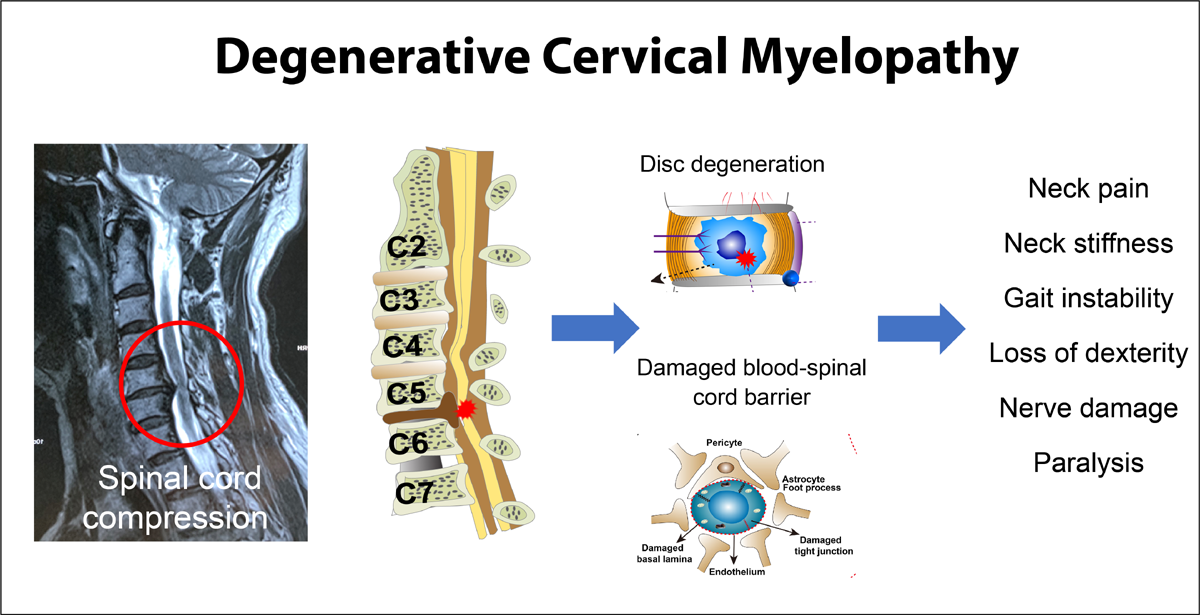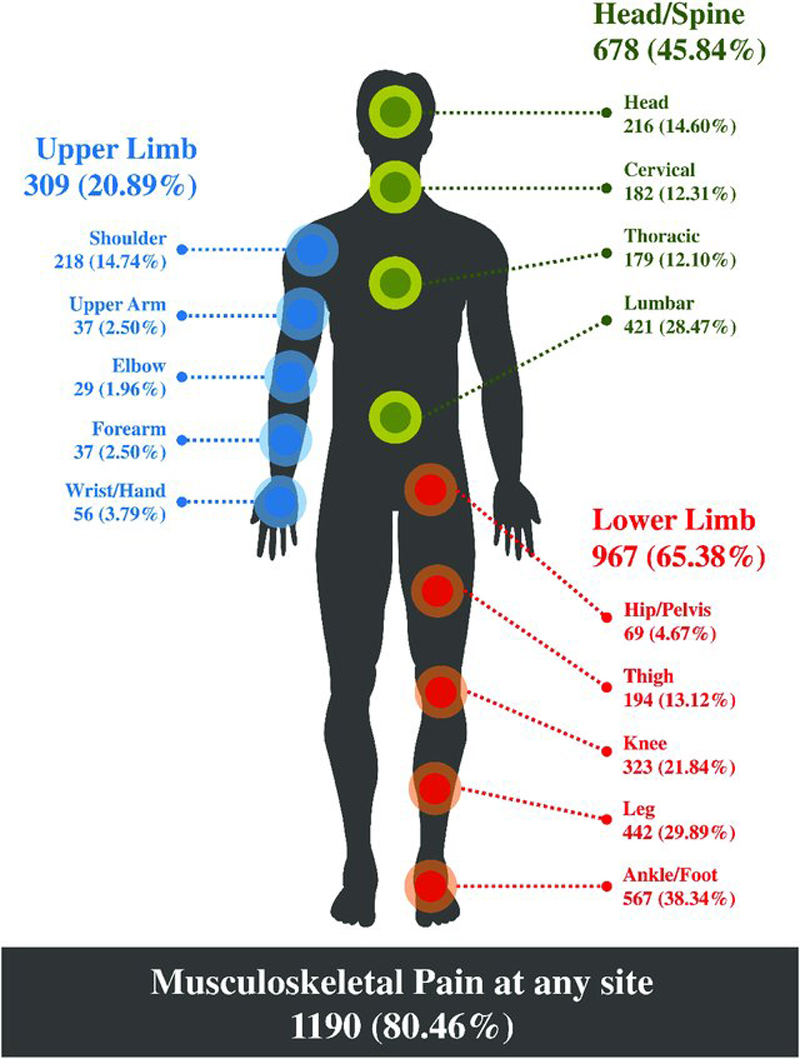Chiropractic Management of a Patient With Chronic Pain in a Federally Qualified Health Center: A Case Report
SOURCE: J Chiropractic Medicine 2018 (Jun); 17 (2): 117–120
David J. Mann, DC and Ross Mattox, DC
Department of Integrated Clinics,
Logan University,
St. Louis, Missouri.
OBJECTIVE: The aim of this case report is to describe the response of a patient with chronic pain who received chiropractic care in a federally qualified health center.
CLINICAL FEATURES: A 61-year-old female patient with neck and back pain after a traumatic motor vehicle accident 3 years prior was referred for chiropractic care. She had neck pain, low back pain, knee pain, and pain associated with over 20 surgeries, as well as depression, opioid dependence, and low quality of life.
INTERVENTIONS AND OUTCOMES: The patient was treated with chiropractic manipulation for her low back and neck pain and was counseled on nutrition and exercise. After 6 months, she reported improvements in pain, improved quality of life, and discontinuation of opioid pain medication.
There are more articles like this @ our:
CONCLUSION: This patient improved after a course of chiropractic care that was integrated into a federally qualified health center.
KEYWORDS: Analgesics, Opioid; Chiropractic; Medically Underserved Area
From the FULL TEXT Article:
Introduction
Chronic pain continues to be one of the primary reasons for medical consultations worldwide. [1] In 2008, the United States estimated that nearly 100 million people were affected by chronic pain with an associated economic cost ranging from $560 billion to $635 billion annually in medical care and decreased productivity. [2]
The American Academy of Pain Medicine outlines the management of nonmalignant chronic pain and recommends combination therapy, including analgesics, nonsteroidal anti-inflammatory drugs, opioids, antidepressants, and anticonvulsants. [3] Prescription pain killers are an enormous cost to the United States, with an annual bill of $17.8 billion, of which $12.3 billion is attributed to opioids. As the public health issue of substance abuse grows, there is a strong correlation between opioid sales and opioid-related deaths. Opioid sales quadrupled from 1999 to 2015, while opioid-related deaths quadrupled during the same time period. [4] Chiropractic care has been shown to help in managing or alleviating chronic pain without the use of drugs or surgery as well as being cost effective, considered safe, and satisfactory to a high number of patients. [5]
Federally Qualified Health Centers (FQHCs) are federally funded community health centers that provide primary care and preventive health services in communities made up mostly of medically underserved people, such as the homeless or low-income individuals, migrant workers, or marginalized groups. These centers provide multidisciplinary and interdisciplinary healthcare. These organizations are critical for the care of urban communities where the consumers have little to no insurance or spare income, while reducing the burden on hospitals and cost of treating the underserved. [6] There is little literature that describes the inclusion of chiropractic care within FQHC. Therefore, the purpose of this study was to present a case of chiropractic management of a patient who had previously reached a plateau in progress in regaining overall function and pain control within a FQHC.
Read the rest of this Full Text article now!







Leave A Comment